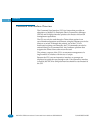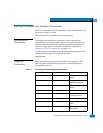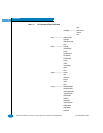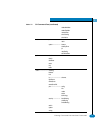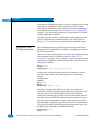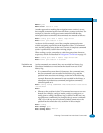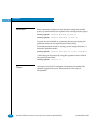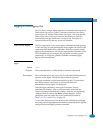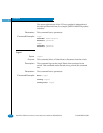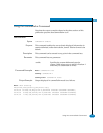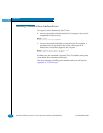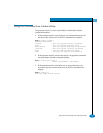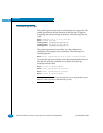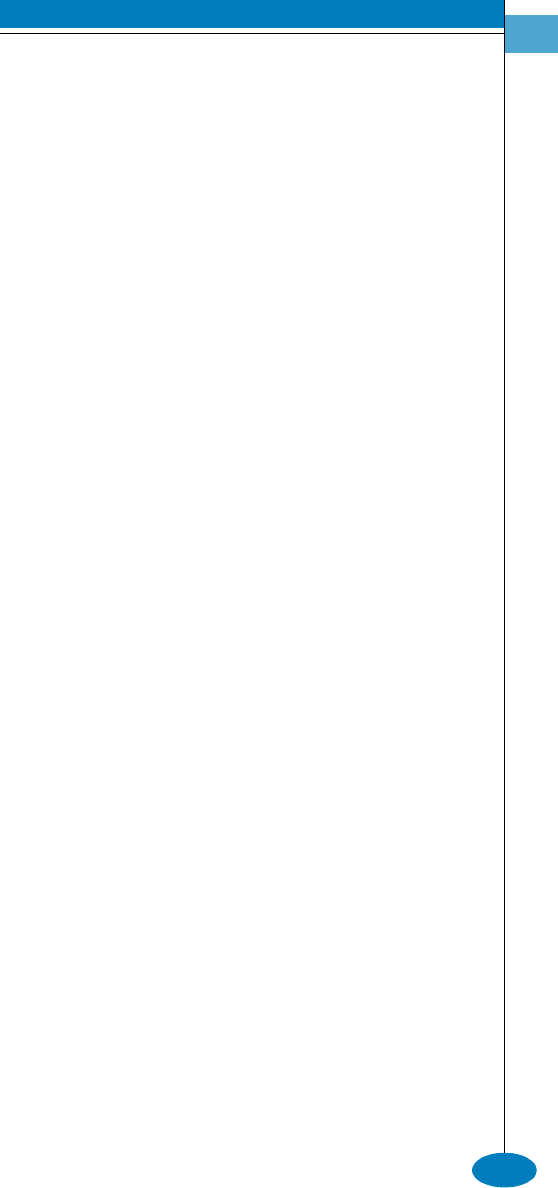
Introduction
Entering Command Line Interface Commands
1
1-9
Maint> port
Maint.Port> beacon 4 true
Another approach to making the navigation more concise is to use
the complete command syntax from the Root> prompt each time. For
example, to issue the config.port.name command and then the
maint.port.beacon command, the commands are entered as follows:
Root> config port name 4 "Sam’s Tape Drive"
Root> maint port beacon 4 true
As shown in this example, use of the complete command syntax
avoids navigating up and down the branches of the CLI command
tree, and the prompt stays at the root. The use of complete command
syntax is particularly useful when writing scripts.
When coding a script, remember to code the appropriate character
sequences, which are described in Navigation Conventions on page 1-3.
Root> config port name 4 "Sam’s Tape Drive"<CR>
Root> maint port beacon 4 true<CR>
/LPLWDWLRQRQ
0RYHPHQWV
As the commands are entered, they are recorded in a history log.
Note these limitations on movement that result from use of the
history log:
• If a command has more than 60 characters, the command runs,
but the command is not recorded in the history log, and the
position in the tree does not change, as shown in the following
example. Because the command is not recorded in the history, a
subsequent asynchronous command (navigation command)
cannot depend on it.
Root> config zoning addWwnMem TheUltimateZone 10:00:00:00
:C9:22:9B:64
Root>
• Whenever the position in the CLI command tree moves to a new
branch (for example, config to maint, config to config.port, or
config.port to config), the history log is cleared. In this case, any
asynchronous commands (for example, the up-arrow command
<ESC>[A or the up-arrow keyboard symbol) cannot move the
position back towards the root, as shown in this example:
Root> config
Root.Config> port
Root.Config.Port> <ESC>[A
Root.Config.Port>




